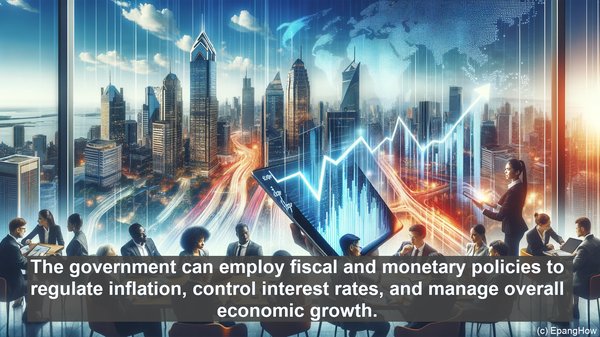Introduction: Unveiling the Economic Landscape
Hello everyone! Welcome to our article on the intriguing world of economic systems. Today, we’re going to explore the contrasting features of dual and mixed economies, two prominent models that shape the global economic stage.
Dual Economy: A Tale of Two Sectors
A dual economy, as the name suggests, is characterized by the coexistence of two distinct sectors: a modern, industrialized sector and a traditional, subsistence-based sector. This division is often seen in developing countries, where the modern sector thrives in urban areas, while the traditional sector dominates rural regions. The modern sector, with its advanced technologies and skilled workforce, contributes significantly to the country’s GDP, while the traditional sector, though less monetarily productive, plays a crucial role in sustaining rural livelihoods.
Mixed Economy: The Fusion of Public and Private
In a mixed economy, the economic system is a blend of both public and private ownership. This model acknowledges the importance of market forces while also recognizing the need for government intervention to ensure social welfare and economic stability. The public sector, through its ownership of key industries and provision of essential services, acts as a safeguard against monopolies and ensures equitable access to resources. The private sector, on the other hand, fosters innovation, entrepreneurship, and healthy competition, driving economic growth.

Allocation of Resources: Contrasting Approaches
One of the fundamental differences between dual and mixed economies lies in how resources are allocated. In a dual economy, resource allocation is often skewed towards the modern sector, which receives more investments, infrastructure, and technological advancements. This disparity can lead to a growing urban-rural divide. In contrast, a mixed economy aims for a more balanced resource allocation, with the government playing a role in ensuring that essential services and resources reach all sections of society, regardless of their economic standing.

Employment Dynamics: Diverse Opportunities
The employment landscape in dual and mixed economies also differs significantly. In a dual economy, the modern sector, with its emphasis on specialized skills and technological expertise, offers a range of high-paying jobs. However, due to limited opportunities, many individuals in the traditional sector are left with low-income, often subsistence-based occupations. In a mixed economy, the goal is to create a diverse range of employment opportunities, catering to both skilled and unskilled workers, thereby reducing income disparities and promoting social mobility.
Economic Stability: Striking the Balance
Achieving economic stability is a key concern for any economic system. In a dual economy, the challenge lies in ensuring that the growth of the modern sector doesn’t come at the cost of neglecting the traditional sector. Neglecting the traditional sector can lead to social unrest and economic imbalances. In a mixed economy, stability is sought through a combination of market mechanisms and government interventions. The government can employ fiscal and monetary policies to regulate inflation, control interest rates, and manage overall economic growth.
